
This Article From Issue
November-December 2017
Volume 105, Number 6
Page 328
California wildfires can cause devastating damage to property and human lives. But for plant species that have lived for thousands of years in the fire-prone Sierra Nevada, forest fires are an expected part of the natural environment. These species have unique adaptations to withstand fire—and some even depend on fire to survive. This infographic introduces six different California plant species, all with different adaptations to fire.
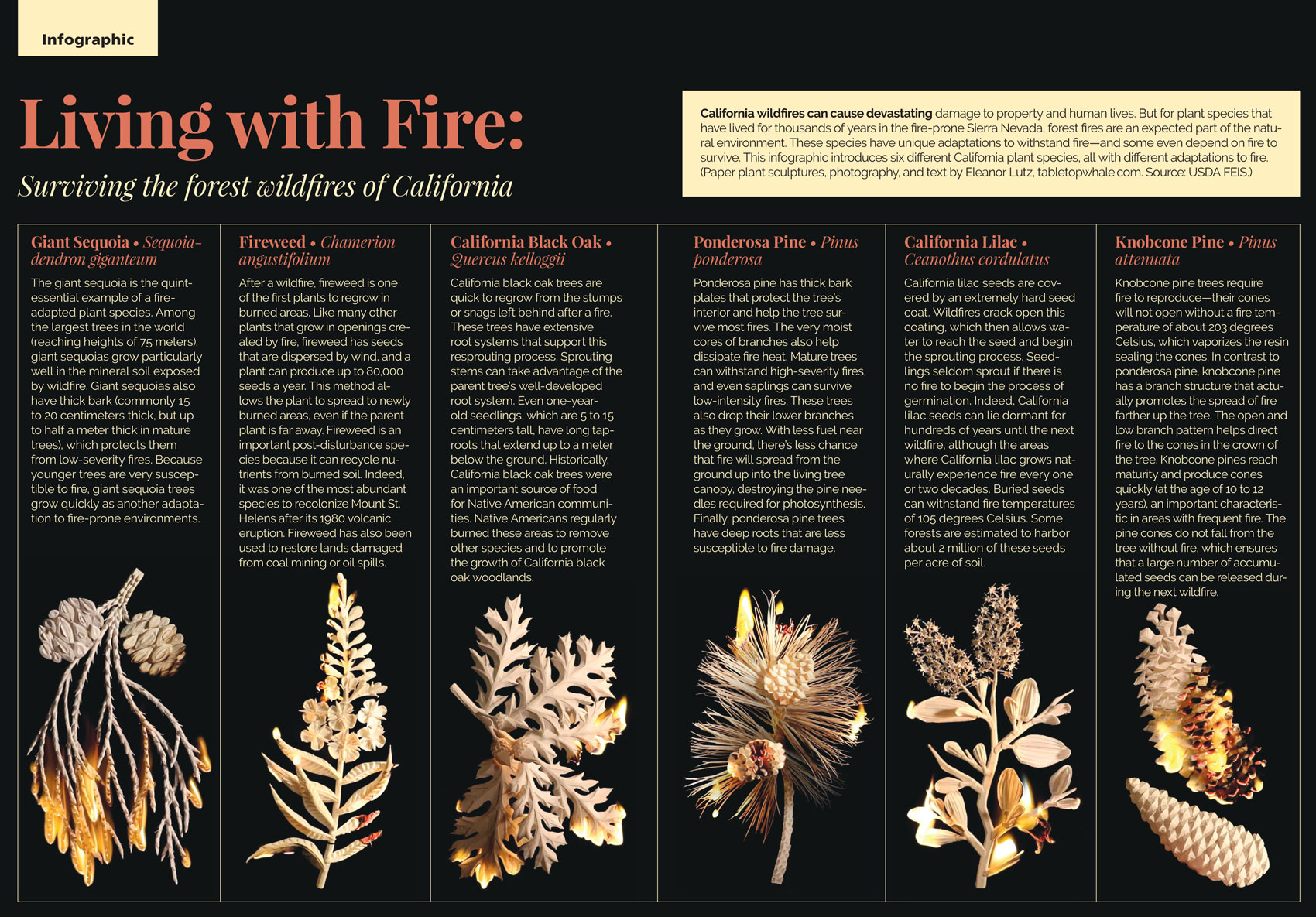
Paper plant sculptures, photography, and text by Eleanor Lutz, tabletopwhale.com. Source: USDA FEIS. More about the animated version (below) is available at http://tabletopwhale.com/2017/03/01/living-with-fire.html
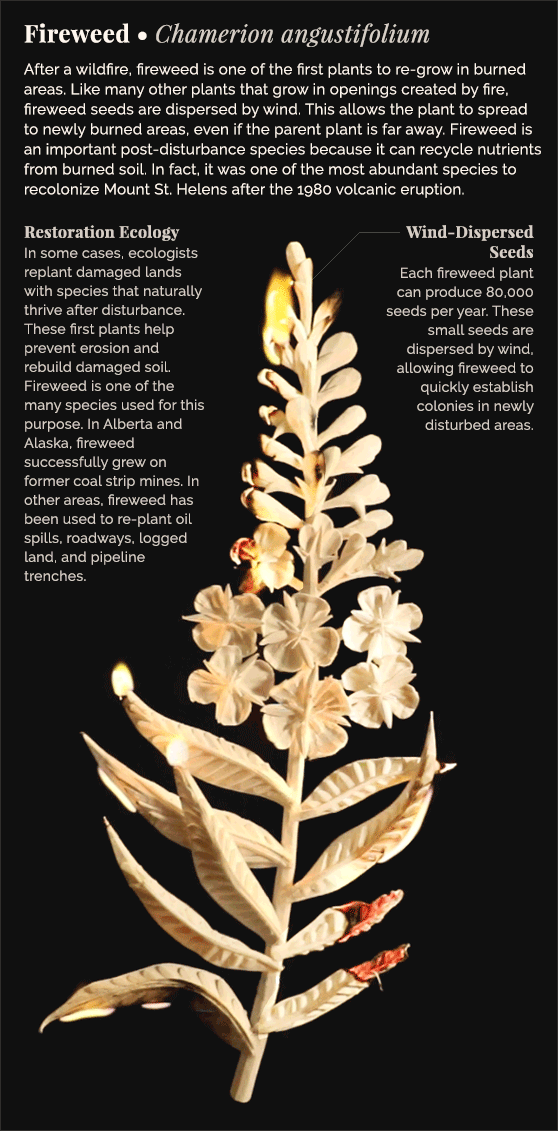
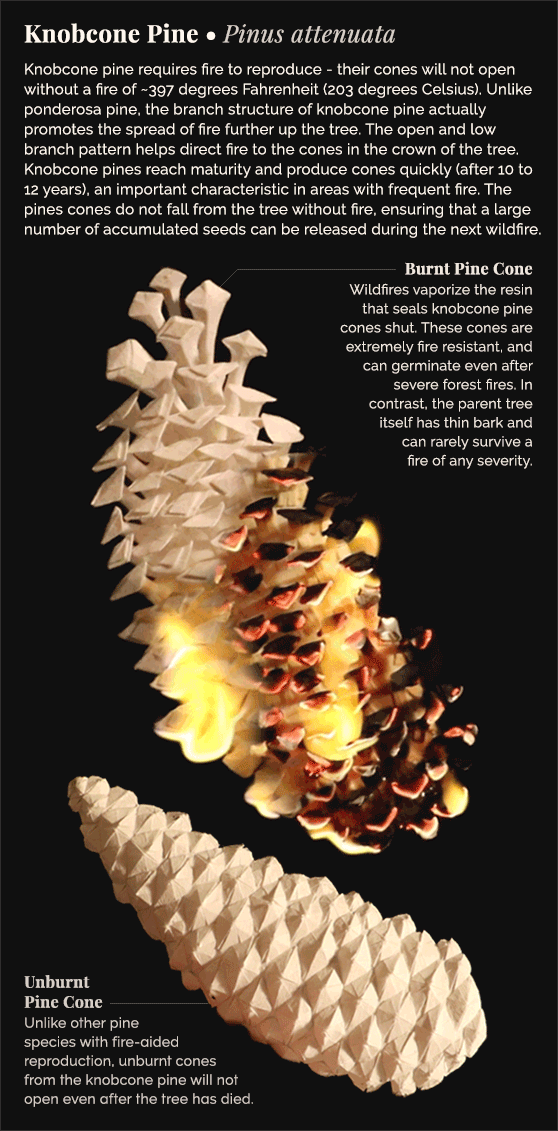
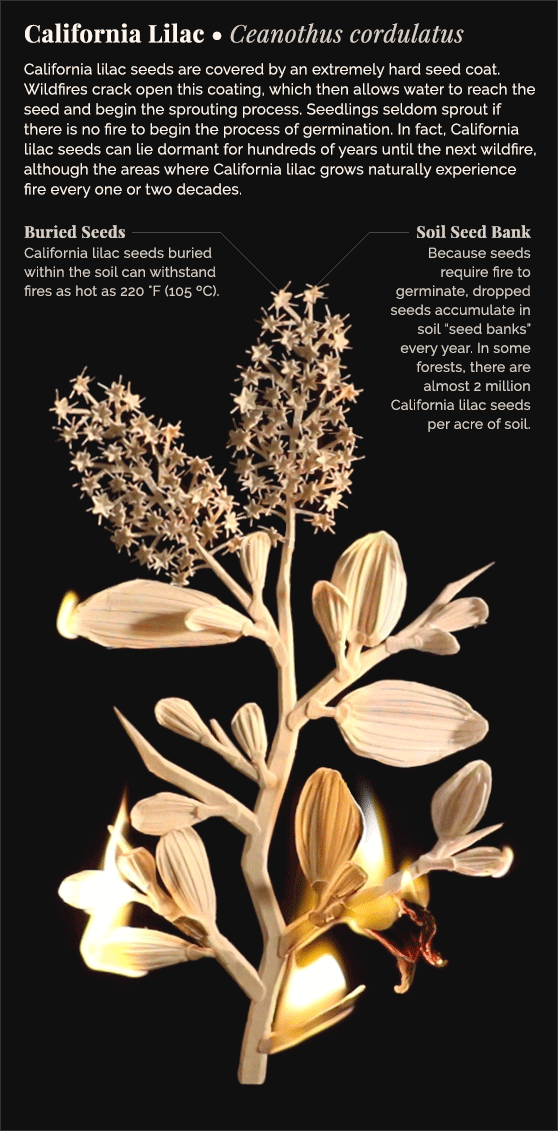
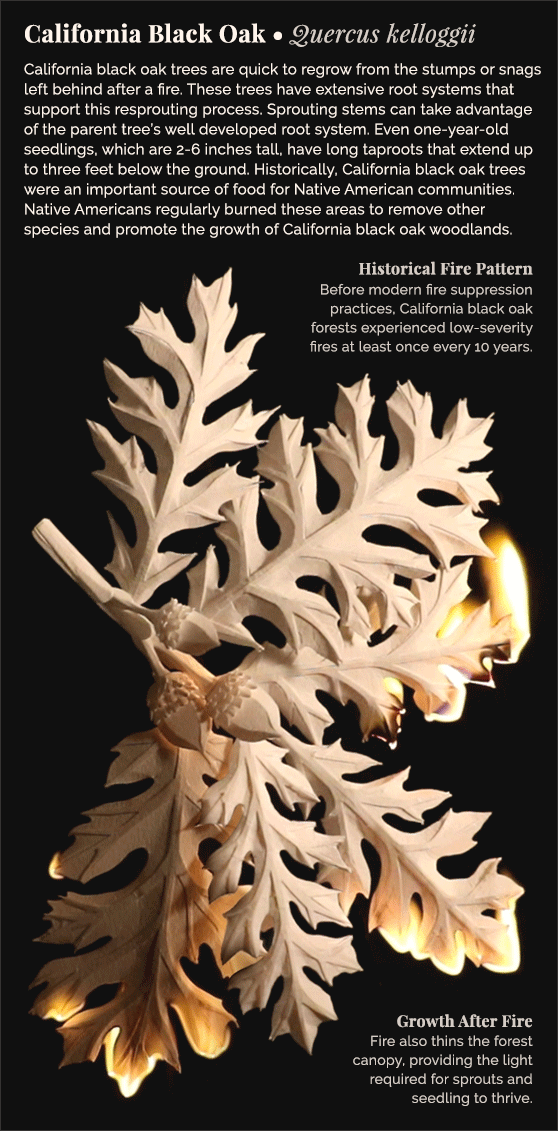
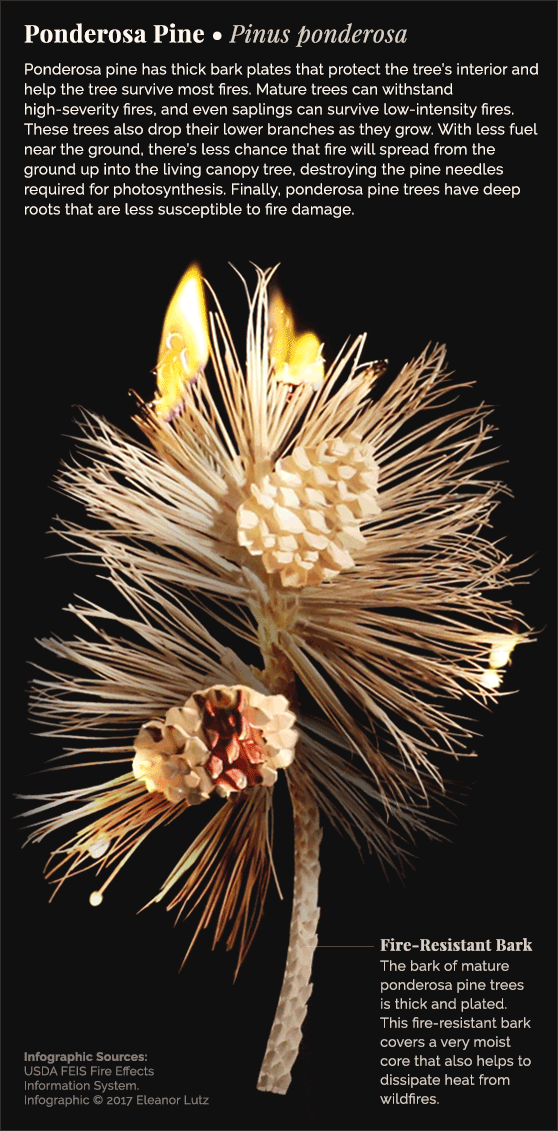
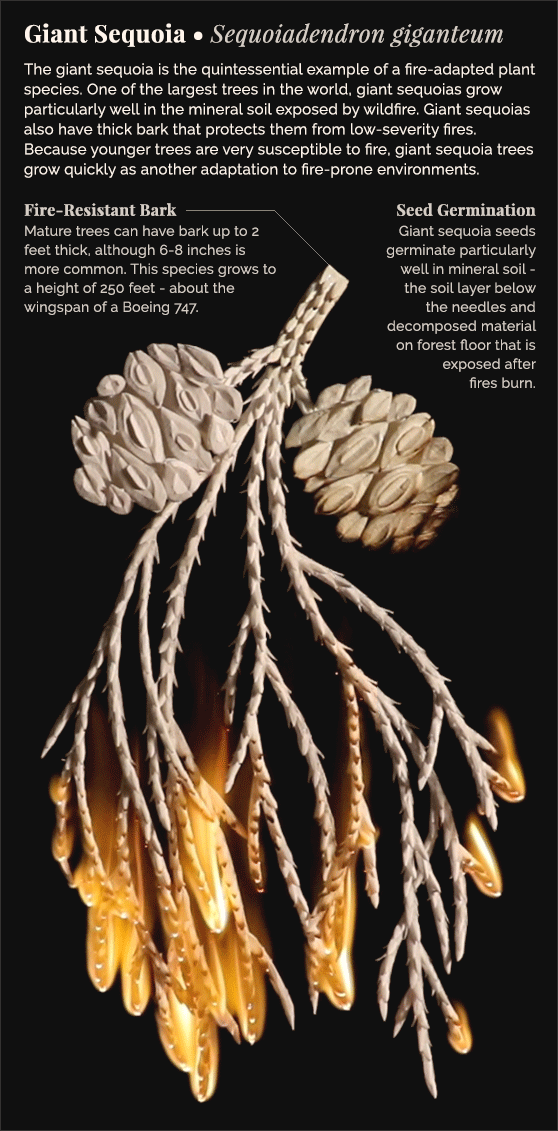
American Scientist Comments and Discussion
To discuss our articles or comment on them, please share them and tag American Scientist on social media platforms. Here are links to our profiles on Twitter, Facebook, and LinkedIn.
If we re-share your post, we will moderate comments/discussion following our comments policy.